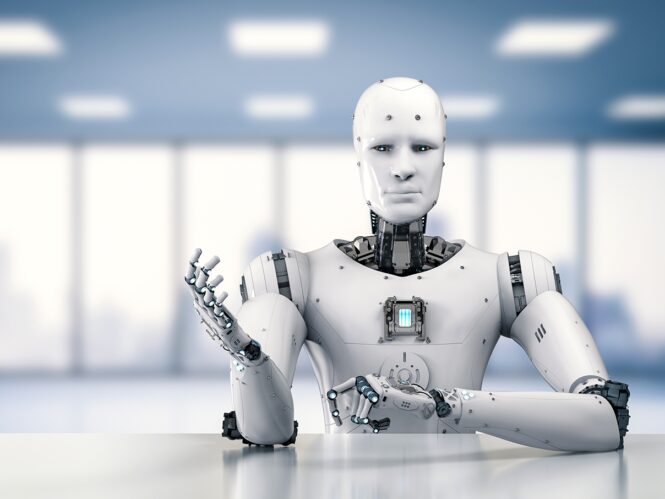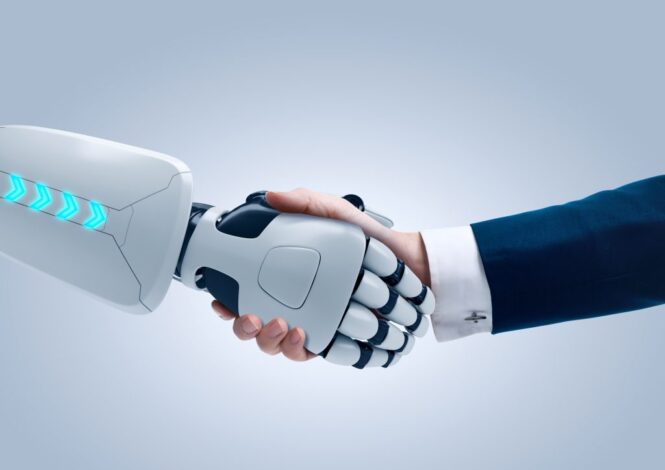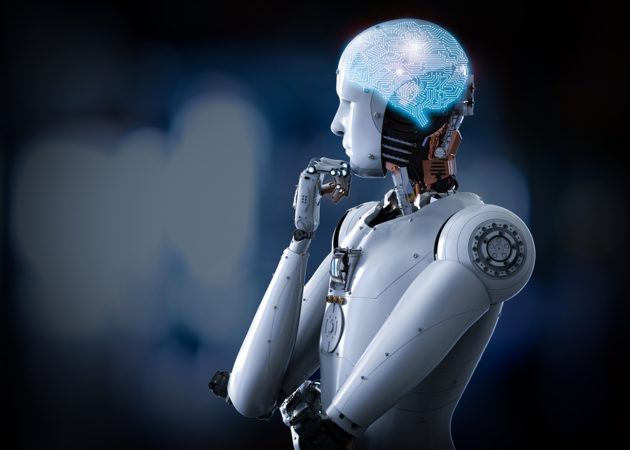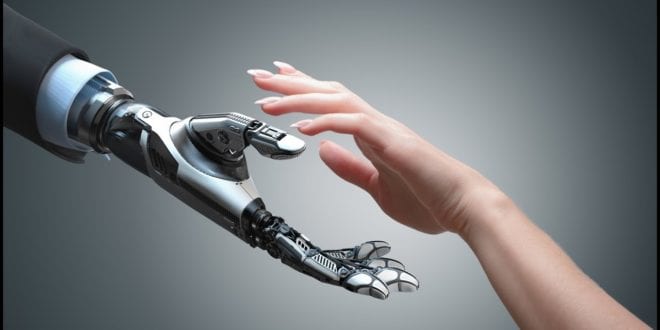With humans and robots working side by side in many industries, managers will soon have to deal with the two. What happens if a machine and human have an altercation? This is unlikely to happen. However, managers have to think about humans and robots co-existing productively in the workplace.
Notably, industries that have invested in robots have great things to report about them. There is increased productivity, better product quality and most importantly, an increase in profits. Nevertheless, intelligent machines are expected to have an impact on humans at work.
Work culture is bound to change, skills may be impacted upon and productivity will not be left out. Company leaders have to learn to navigate a work atmosphere that includes intelligent machines and humans working together.
One of the biggest benefits of robots is that they enable us to do things hitherto perceived as impossible. However, humans have to learn how to make the best of Artificial Intelligence. Otherwise, it may not be utilized to its full potential.
Collaboration in the Workplace

Robotic machine tending is great, and it is something that needs to be done. However, companies will still need the input of workers who are not robotic. Industry leaders need to ensure that humans are not engaged in competition with their robotic colleagues. The two should complement each other. This is important due to the fact that robots are, for now, in some areas, still inferior to humans, and the living personnel will need to be in the industry for quite some time.
There are industries where robotic assistance has led to a tremendous increase in productivity and income, but these companies have decreased the number of workers since they were, to put it in those words, replaced. It is essential not to see this as a replacement, but rather an upgrade of the existing system in an ever-growing and developing economy.
This goes to show that robots are not out to take over human jobs. Machine tending systems come with benefits such as the following:

- Better productivity
- Reduced expenditure
- Reduced manufacturing labor
- Flexibility in manufacturing operations
- Better product quality
- Boost in workplace safety
- Improved use of inventory
All these are great benefits that any company wants to enjoy. However, there are human skills that cannot be replicated by robots. And this is what keeps the people in the industry, and gives them a chance to work hand in hand with their mechanical partners.
Robots can do many things a lot better than humans. Nevertheless, it still takes a human to interpret its work. Humans still some advantages such as creativity over robots. They are also better suited to apply empathy as well as appropriate strategies.
Ultimately, the human workforce will have to take charge even as the machine does its thing, Humans will supervise and refine the tasks performed by the robot. The machine learns and the human steps in where necessary in the course of the process.
Have Some Faith in the machine

In order to work well with intelligent machines, humans have to give a little and let the robots in. The robots must be seen as partners and you must learn to trust their work. What humans need to understand is that robotic arms are just a machinery part, an extension of humans. Humans are also the ones that are programming the machines, hence they should be perceived as an extension of the human body, and not as something that is out there to get us and replace us entirely.
Well programmed and tended machines can increase productivity and production in such ways that humans alone could never; especially if we talk about heavy lifting and assembling of the parts that are too heavy for humans to handle. Some processes have been automated and machines do all the work saving humans from manual labor and in some industries saving their health and lives.
Managers and company leaders can help to bridge the gap by allowing the workers to see how the algorithm performs. This way, humans see what the machines can do and learn to trust the outcome. This is very important in industries such as pharmaceuticals since the outcome of the integration of machines and humans can have an enormous impact on society. By introducing these as assistance, you are not just increasing the productivity and the incomes; you are providing a specific upgrade to the staff. Robotic arms can be used to handle materials that are unsafe or that can harm humans. By putting these into the hands of robots, we trust them to protect us from potential danger.
If you are searching for a robotic hand, give universal-robots.com a try.
The Workstation is headed for a Transition

The workplace of the future is definitely headed for some extreme changes. You may find some machines in yours in a few years to come. Companies must prepare their workers for the inevitable presence of intelligent machines. The preparation is the key, and the transition should be as smooth as possible in order to relocate the staff onto different working areas, as well as give them a chance to find different jobs if needed.
They will most likely take over tasks that are repetitive and tedious for humans. The workers involved in such tasks may need to either upgrade their skills. This may result in moving on to more cognitive tasks. Repetitive tasks can be very exhausting since no human-like to stay in one position for a longer period of time. By excluding these from the working tasks of workers the overall health of workers can improve to better, eliminating chronic diseases such as carpal tunnel inflammation, chronic back pain, ischadicus nerve pain, and others.
This is an advantage for the company as well as the humans working therein. The production will be safer and dangerous tasks can be relegated to the machines and workers’ morale goes up. The company produces a larger volume of better quality products. It is a win-win for everyone.
Conclusion
Technological changes in the workplace are inevitable. This is not limited to factory work settings. Even service-based industries are increasingly investing in robots to provide services such as PR and customer care. Farming robots are also a reality. It is therefore just a matter of time before managers find themselves in charge of not only humans but also machines. Hence, they must learn to ensure that the two work collaboratively for the smooth running of the company. There are only advantages of this transition since they will protect the human workers from injuries and chronic diseases that cause pain.
 Imagup General Magazine 2024
Imagup General Magazine 2024



